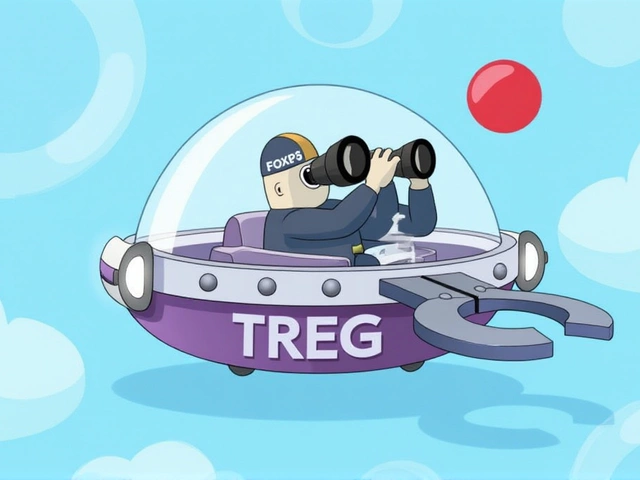Test Drive Tips: Make Every Minute Count
Thinking about buying a car? The test drive is your best chance to see if a ride fits your life. It’s not just about feeling the power; it’s about spotting problems before they cost you. Below are simple steps you can follow to get solid answers without feeling overwhelmed.
Before the Test Drive
First, do a quick visual check. Walk around the car and look for dents, rust, and mismatched paint. Open the doors, the trunk, and the hood – make sure everything opens smoothly. Check the tyre tread; uneven wear could hint at alignment issues.
Next, ask the dealer or owner for the service history. A well‑kept log shows that the car has been looked after. If the paperwork is missing, note that as a red flag. Also, confirm the vehicle’s VIN and run a basic online check for past accidents or odometer fraud.
Bring a notebook or use your phone to jot down any questions. Common ones include: How many previous owners? Any known recalls? What’s the warranty coverage? Having these answers on hand saves you from scrambling later.
During the Test Drive
Start the engine and listen. A smooth idle without rattles or knocks is a good sign. Pay attention to how the car feels at idle – any vibrations might point to engine or mount problems.
Take the car onto different road types. A city street shows low‑speed handling, while a highway stretch reveals how the car behaves at higher speeds. Try tight turns, lane changes, and a gentle brake to feel the steering response and braking power.
Notice the visibility. Adjust the mirrors, sit in the driver’s seat, and see if you have a clear view of the road. Check the comfort of the seat, the reach of the pedals, and the ergonomics of the controls. If anything feels off, you’ll notice it quickly when you start driving daily.
While you’re in motion, test the infotainment system, climate control, and any driver‑assist features. Are they intuitive or do they distract you? A user‑friendly interface adds to the overall enjoyment.
Finally, pay attention to any odd smells – a burnt odor could signal oil leaks or overheating. If the car hesitates when you accelerate, that might be a transmission issue.
When you’re done, park the car and take a moment to review your notes. Compare what you felt with the seller’s claims. If something doesn’t match, ask for clarification or consider walking away.
Remember, a test drive is not a race; it’s a chance to learn how a car behaves in real‑world conditions. By following these steps, you turn a simple ride into a valuable inspection that protects your wallet and peace of mind.
Ready to schedule your next test drive? Keep this checklist handy, ask the right questions, and drive with confidence.

Do car dealerships let you test drive by yourself anymore?
In my recent exploration, I discovered that whether a car dealership lets you test drive alone or not can vary. Some dealerships may still allow solo test drives, trusting customers with their cars, while others have shifted towards accompanied test drives for safety and insurance reasons. It's also prevalent for dealers to implement measures like checking your driving license or requiring a salesperson to be present during the drive. So, it's safe to conclude that solo test driving is not entirely extinct, but it's becoming less common due to increased precautions. Always check with the dealership's policies before expecting a solo test drive.
Categories
- Automotive Industry News and Analysis (2)
- Art & Culture News (2)
- Sports News & Analysis (2)
- Automotive Maintenance & Repair (1)
- Automotive News & Reviews (1)
- Film and Television Trivia (1)
- Financial Markets & IPOs (1)
- Sports (1)
- Science (1)
- Technology (1)
Popular Articles


